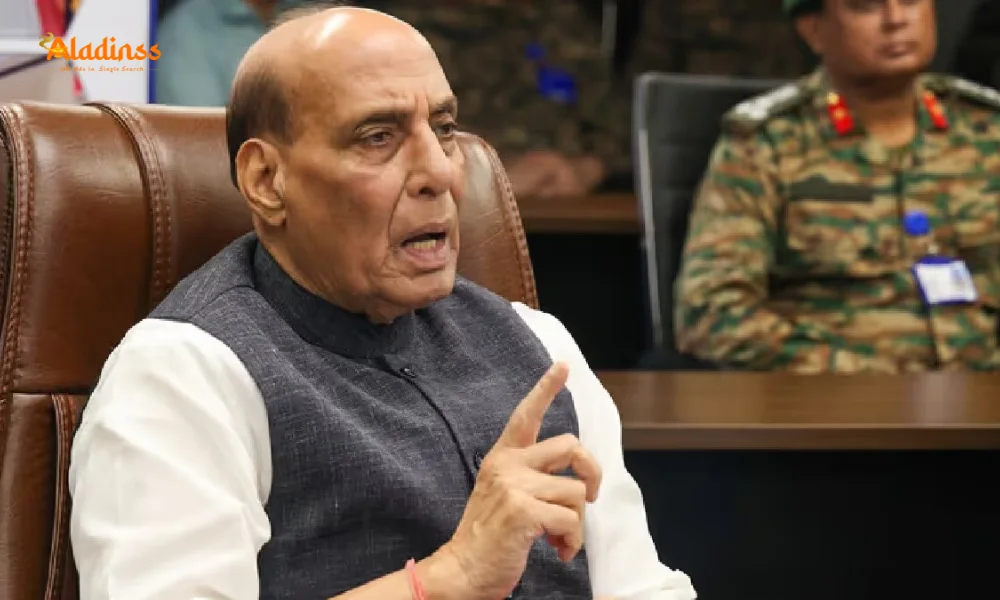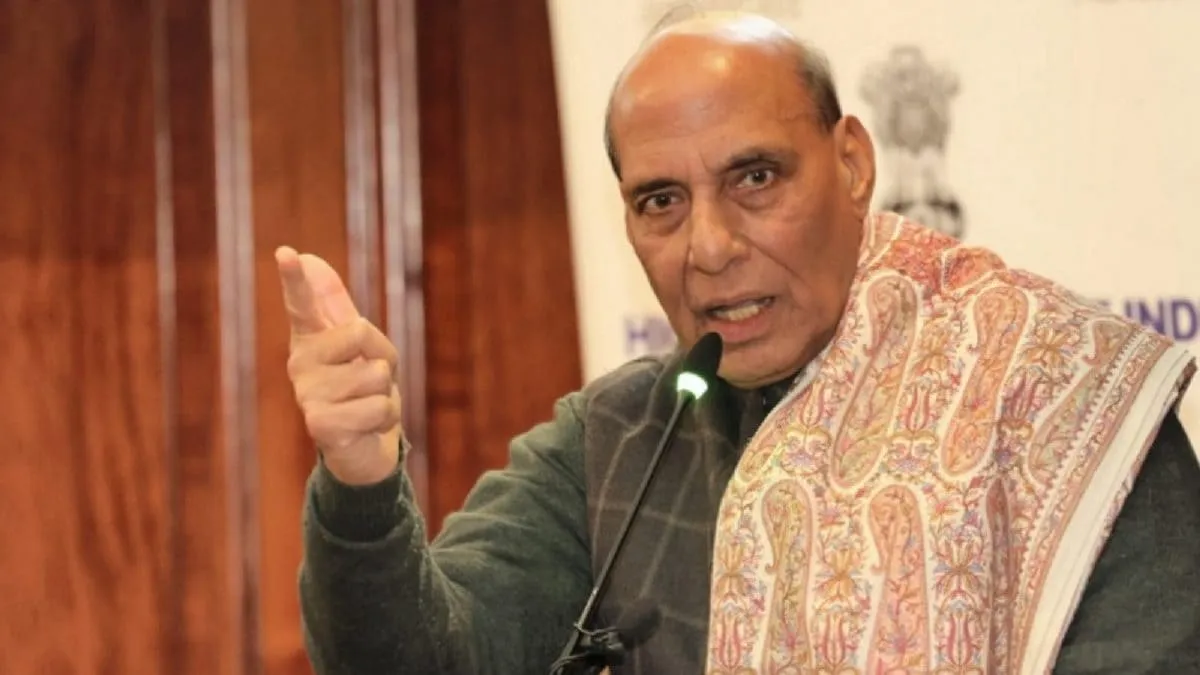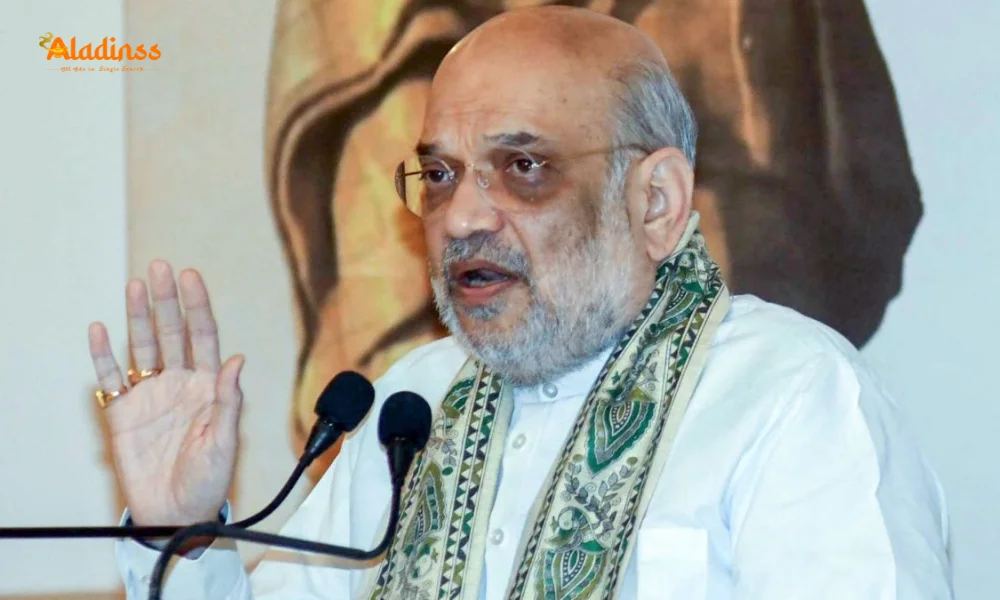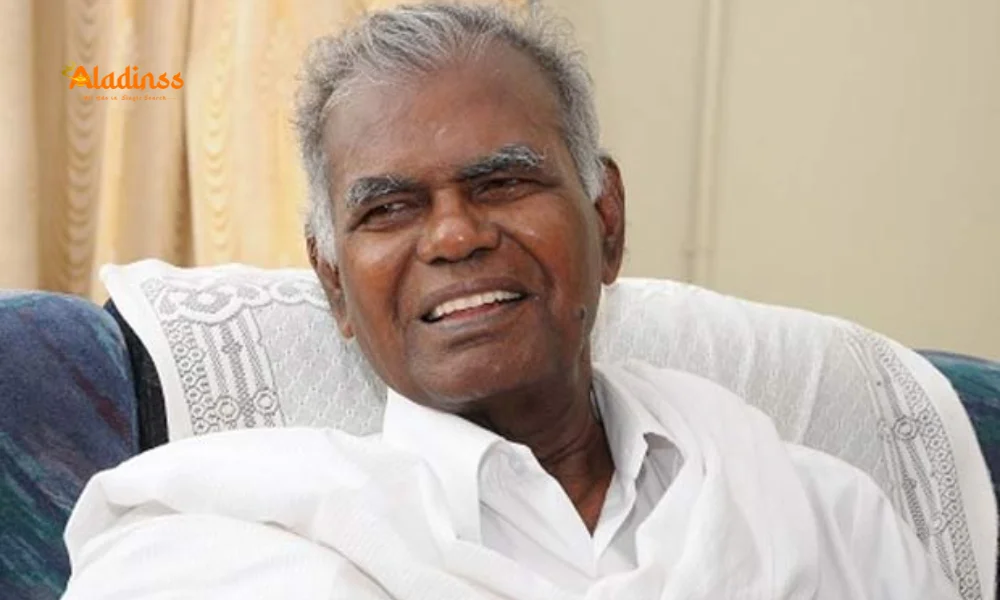Rajnath Warns Pakistan Trishul Exercise Triggers Strong Retort

Rajnath Warns Pakistan: Trishul Exercise Triggers Strong Retort
Defence Minister Rajnath Singh’s bold statements during Exercise Trishul 2025 have sent shockwaves across the border, prompting Pakistan’s Khawaja Asif to vow a “befitting reply” to any Indian aggression. The massive tri-services drill, involving Army, Navy, and Air Force, has forced Islamabad into high alert, issuing multiple NOTAMs and preparing naval live-fire exercises. This escalating verbal standoff highlights deepening tensions along the western frontier.
Singh’s reference to Operation Sindoor as a “paused, not ended” mission, combined with Trishul’s scale, has rattled Rawalpindi’s military establishment. Pakistan now signals readiness for missile tests and fleet deployments near Sir Creek.

Rajnath Singh’s Direct Message to Pakistan
Speaking to troops during a Barakhana in Jaisalmer, Rajasthan, Defence Minister Rajnath Singh delivered a pointed warning. He described Operation Sindoor as a “cautionary demonstration” of India’s capabilities, stating that Pakistan would now “think ten times” before any misadventure.
“Our pilots showed only a trailer. The full movie is yet to come,” Singh remarked, emphasizing that the operation remains in a “paused” phase. He urged the armed forces to maintain peak readiness and respond decisively to any provocation.
The minister also linked military strength to national development, calling for self-reliance in defence production by 2047 to support India’s emergence as a global power.
Pakistan’s Defence Minister Issues Stern Warning
In a swift and aggressive response, Pakistan’s Defence Minister Khawaja Asif declared that any Indian incursion would be met with “full force and power.” Speaking to media, he asserted that Pakistan would not tolerate border violations and promised a response “stronger than ever before.”
“We will not spare India if it commits aggression on our territory,” Asif warned, signaling a shift toward heightened military preparedness. His statements reflect growing anxiety within Pakistan’s GHQ over India’s expanding operational capabilities.
What is Exercise Trishul 2025?
Exercise Trishul 2025 is a large-scale tri-services combat drill conducted along India’s western border and the Arabian Sea from October 30 to November 10. Involving the Indian Army, Navy, and Air Force, the exercise focuses on integrated battle scenarios, rapid troop mobilization, precision strikes, and maritime dominance.
Key components include live-fire demonstrations, anti-submarine warfare, air defence drills, and amphibious landings. A NOTAM was issued to secure airspace, ensuring civilian aviation safety during high-intensity operations.
Though described as routine, the exercise’s timing and scale—coinciding with heightened border alertness—have been interpreted by Pakistan as a deliberate show of force.
Pakistan Issues Back-to-Back NOTAMs
Within five days, Pakistan issued two Notices to Airmen (NOTAMs), the latest effective from November 1 to 30, closing vast airspace over southern and coastal regions. Intelligence sources describe this as a “panic-driven precaution” in response to Trishul.
The restricted zones cover critical naval and air assets near Karachi, Ormara, and the Sonmiani test range. Analysts believe Pakistan is preparing for live missile firing from naval platforms and possible ballistic missile tests in the Arabian Sea.
- Closure of southern airspace indicates defensive posturing
- Potential Babur-3 SLCM or air-launched missile drills
- Heightened surveillance over Sir Creek and Gujarat coast
- Increased naval patrols near Indian EEZ boundary
Strategic Implications of Trishul Exercise
Exercise Trishul demonstrates India’s ability to execute multi-domain operations across land, sea, and air simultaneously. It integrates cutting-edge platforms like Rafale jets, Apache helicopters, P-8I maritime aircraft, and INS Vikrant carrier group.
The drill validates jointness under the Integrated Theatre Commands framework, a key reform under CDS General Anil Chauhan. It also tests network-centric warfare, real-time data fusion, and AI-driven targeting systems.
For Pakistan, Trishul exposes vulnerabilities in its southern flank. Indian forces practiced rapid armoured thrusts, long-range artillery strikes, and carrier-based air dominance—scenarios that could neutralize Pakistani airbases and naval assets within hours.
Operation Sindoor: The Unfinished Mission
Rajnath Singh’s repeated mention of Operation Sindoor as “paused, not concluded” keeps psychological pressure on Pakistan. The May 2025 strikes targeted terror launch pads in PoK and Punjab province, using BrahMos and SCALP missiles with pinpoint accuracy.
Indian officials claim over 100 terrorists were eliminated, including high-value JeM and LeT commanders. Pakistan downplayed the damage but acknowledged hits on civilian areas—a narrative used to rally domestic support.
The operation showcased India’s “proactive defence” doctrine: striking terror infrastructure before attacks materialize on Indian soil.
Pakistan’s Military Posturing and Internal Challenges
Despite bold rhetoric, Pakistan faces internal constraints. Economic crisis, IMF bailouts, and political instability limit sustained military escalation. The army remains the dominant institution, but public fatigue with India-centric narratives is growing.
Recent NOTAMs and naval drills may serve dual purposes: deterring India and reassuring domestic audiences of military readiness. However, Pakistan’s aging Mirage fleet and limited submarine capability pale against India’s modernized forces.
India’s Self-Reliance Push in Defence
Rajnath Singh linked Trishul to India’s ‘Aatmanirbhar Bharat’ vision. Over 70% of equipment used in the exercise was indigenous: Tejas fighters, Arjun tanks, Pinaka rockets, and Dhruv helicopters.
DRDO and private sector collaboration has accelerated development of hypersonic weapons, anti-drone systems, and quantum communication—technologies that widen the capability gap with Pakistan.
Regional and Global Reactions
China closely monitors Trishul, given its naval component in the Arabian Sea—near Gwadar and the CPEC route. The U.S. has urged both nations to exercise restraint, while quietly appreciating India’s counter-terror resolve.
Gulf nations, dependent on Pakistani security personnel but economically tied to India, maintain cautious neutrality. The UAE and Saudi Arabia have increased defence engagements with New Delhi.
Timeline of Recent India-Pakistan Military Activities
| Date | Event | Significance |
|---|---|---|
| May 2025 | Operation Sindoor | Precision strikes on terror camps |
| Oct 28 | Pakistan issues first NOTAM | Airspace closure near border |
| Oct 30–Nov 10 | Exercise Trishul | Tri-services combat drill |
| Nov 1 | Second Pakistan NOTAM | Coastal airspace shutdown |
What Happens Next?
Both nations are locked in a high-stakes signalling game. India’s Trishul validates operational readiness; Pakistan’s NOTAMs and rhetoric project defiance. However, neither side desires full-scale conflict.
Backchannel talks may resume to prevent miscalculation. India’s firm stance on cross-border terrorism remains non-negotiable, while Pakistan seeks to maintain strategic parity through asymmetric means.
Conclusion: A Delicate Balance of Deterrence
Exercise Trishul and Rajnath Singh’s warnings reinforce India’s credible deterrence. Pakistan’s aggressive posturing masks underlying vulnerabilities. The coming weeks will test both nations’ ability to maintain peace through strength—without crossing the threshold into conflict.
Comment / Reply From
No comments yet. Be the first to comment!












